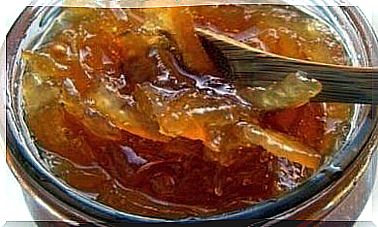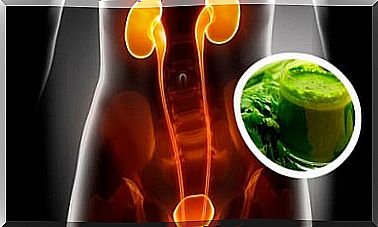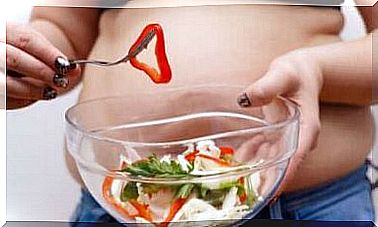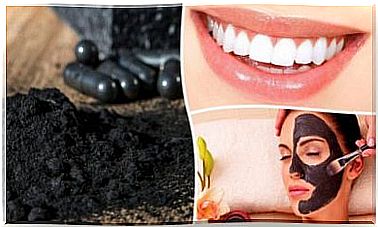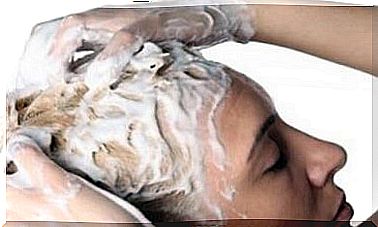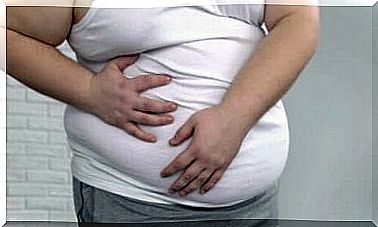How To Maintain Good Bone Density During Menopause?
Since vitamin D is fundamental to assimilate calcium, it is important to be in the sun for a few minutes each day, in order to stimulate its production.
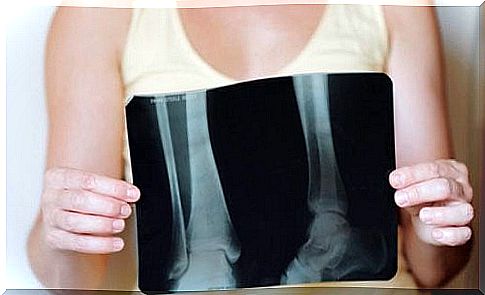
All women who reach menopause begin to suffer from changes in their body due to the hormonal alterations that this implies. Monitoring bone density is very important.
Decreased production of estrogen increases the risk of developing chronic diseases, including cancer, diabetes and osteoporosis.
Osteoporosis is a disease that requires special attention. Because the decrease in hormones implies a reduction in the levels of bone density, which increases the risk of suffering from this condition.
It has been determined that during the first 5 years postmenopause, women can experience a reduction in bone mass between 2% and 6% each year.
This is why prevention is necessary in order to adopt good habits that allow you to maintain good bone mass density.
What is the link between loss of bone mass and menopause?
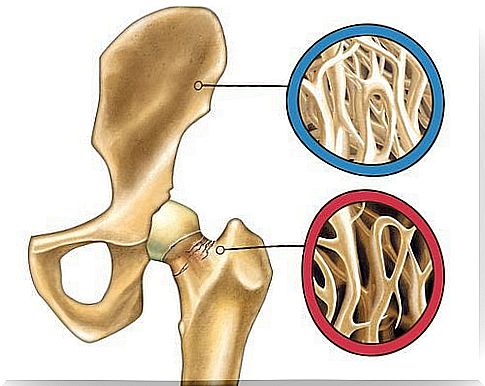
During the first years of life and until the age of around 30, the body has the ability to maintain a balance between reducing bone mass and producing new bone.
Then, between 30 and 35 years, the decrease is faster than its production by the body. It is therefore very important to start pushing it.
Due to the suspension of menstruation at the time of menopause, around the age of 50, bone loss accelerates dramatically and when estrogen levels decrease, bones become more fragile and are susceptible to damage. break.
Who is most at risk of losing bone mass?
Women who have a family history of osteopenia or osteoporosis are more likely to develop this problem. However, the following reasons can also influence this process:
- Being too thin or short
- Suffer from obesity.
- Take corticosteroid medications
- Have hypothyroidism
- Eat a diet low in calcium and vitamin D.
- Consume excessive alcoholic beverages and smoke.
- Sedentarism.
Is it possible to reduce the loss of bone density?
You should know that once you lose bone mass, it is difficult to regain it.
However, to reduce the risks, it is possible to adopt a healthier lifestyle that allows you to maintain it so as not to compromise the health of the bones.
It is recommended to adopt the following habits before and after menopause, in order to prevent the reduction of bone mass and the occurrence of certain bone diseases.
Consume more calcium
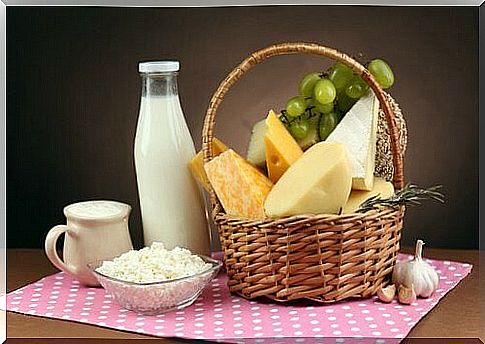
Calcium is one of the most important minerals for bone health because it is part of building bones.
From the age of 30 or 35, it is recommended to consume 1200 mg of calcium every day. Once the menopause arrives, the dose of calcium should reach 1500 mg per day.
Here are several ways to get calcium:
- Milk and its derivatives
- Green vegetables like cabbage, broccoli and red cabbage
- Blue fish
- Soy milk and rice
- Orange juice
- Calcium supplements
Avoid excess sodium
The kidneys absorb sodium before calcium, so too much salt can be harmful to the bones. Salty foods, table salt and sodium also increase the elimination of calcium through urine.
Vitamin D

The body needs a good dose of vitamin D to absorb calcium and fix it on the bones.
In adulthood, we need 800 IU (International Units) of vitamin D per day. From the age of 50, this dose can be increased to 1000 IU per day.
Here are the sources of vitamin D:
- Cereals fortified with vitamin D
- Milk
- Egg yolk
- Fish
- Liver
Sunlight also produces vitamin D in the skin. But the exposure must be moderate, because of the risks of skin cancer and other alterations that this implies.
Exercise
One of the best ways to maintain healthy bones is to exercise regularly.
The movement and strain of the extremities when running, walking, swimming or lifting dumbbells, among other things, helps prevent osteoporosis.

